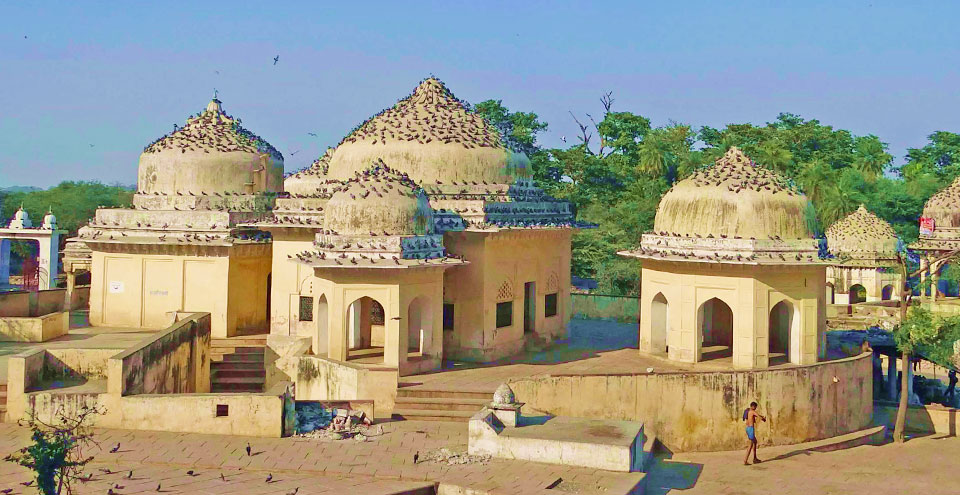
Talvraksh Temple: A Sacred Oasis in Alwar
Nestled in the serene landscapes of Alwar, Rajasthan, the Talvraksh Temple stands as a hidden gem of spiritual and historical significance. Dedicated to Lord Shiva, this temple, often less crowded than other prominent sites, offers a tranquil retreat for devotees and visitors seeking a connection with the divine amidst the beauty of nature.
Historical and Religious Significance
Talvraksh Temple is primarily dedicated to Lord Shiva, one of the principal deities in Hinduism known for his roles as the destroyer and transformer of the universe. The temple’s name, “Talvraksh,” is derived from the Sanskrit words for “palm tree” and “shelter,” reflecting its location under the shade of a significant tree.
Local Legends: The temple is imbued with local legends and stories that speak of its divine origins and the significance of its location. It is believed that the temple has been a site of worship for centuries, with traditions and practices passed down through generations.
Spiritual Importance: The temple’s dedication to Lord Shiva underscores its role as a center of devotion and spiritual practice. It serves as a place where devotees come to offer their prayers, seek blessings, and participate in religious rituals.
Architectural Features
The architecture of Talvraksh Temple is characterized by its simplicity and harmony with the surrounding natural environment:
Natural Setting: The temple is situated in a picturesque location, often surrounded by lush greenery and serene landscapes. The presence of a prominent tree or grove adds to the temple’s natural and tranquil ambiance.
Temple Structure: The temple features a modest yet traditional design, with a central sanctum housing the Shiva linga or idol of Lord Shiva. The simplicity of the design reflects the temple’s focus on spiritual practice and devotion.
Surrounding Environment: The natural surroundings enhance the temple’s spiritual atmosphere, providing a peaceful retreat away from the hustle and bustle of urban life.
Religious Practices and Festivals
Talvraksh Temple is central to various religious practices and celebrations:
Daily Worship: The temple hosts daily rituals and prayers dedicated to Lord Shiva. Devotees visit regularly to offer their prayers, perform pujas, and seek blessings.
Festivals: Major Hindu festivals associated with Lord Shiva, such as Maha Shivaratri and Shivaratri, are celebrated with devotion at the temple. Special ceremonies and community events may be held during these times, attracting pilgrims and visitors.
Visiting Talvraksh Temple
If you plan to visit Talvraksh Temple, here are some tips to enhance your experience:
Dress Modestly: It is customary to wear modest attire and remove your shoes before entering the temple. This practice reflects respect for the sacred space and religious customs.
Timing: The temple is generally open throughout the day. Early morning or late afternoon are ideal times for a quieter and more contemplative visit.
Explore the Surroundings: Take time to explore the natural beauty around the temple. The serene environment and lush greenery provide a refreshing backdrop for meditation and relaxation.
Engage with Locals: Speak with local priests or caretakers to learn more about the temple’s history, rituals, and significance. Their insights can offer a deeper understanding of the temple and its role in the community.
Talvraksh Temple in Alwar is a serene and spiritually enriching destination that offers a unique combination of natural beauty and religious significance. Its tranquil setting, traditional architecture, and dedication to Lord Shiva make it a noteworthy site for both devotees and travelers.
Whether you are drawn by its spiritual importance, captivated by the natural surroundings, or interested in exploring local religious traditions, a visit to Talvraksh Temple promises a rewarding and peaceful experience. Embrace the calm and devotion of this sacred space as you connect with the spiritual essence of Alwar.
